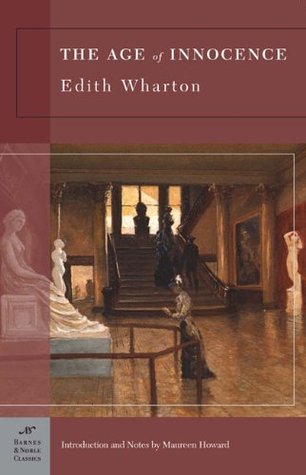
In modern fiction, the rules of point of view are generally strict. You either write in the first person – “I did this, I looked at that,” and keep to it throughout; or you write in the third person, through a particular he or she, with only sparing excursions to the viewpoints of other characters.
But there are writers who don’t do this, and Katherine Mansfield is one of the best when it comes to clever use of changing point of view. Sent by her prosperous New Zealand family to a finishing school in London, she was meant to imbue a smattering of literature suitable for a polite young lady. Unfortunately she developed a genuine passion for books and art. Returning to New Zealand in the early 1900s she became unmanageable, had a few lesbian affairs, and ended up living a Bohemian life back in London.
This is by way of introduction to a striking use of point of view I have just come across in a Katherine Mansfield short story called At The Bay. Early in the story we join Stanley Burrell who has got up early, and is off for a swim in the sea before work. We quickly see that Mr Burrell is a stuffy character who likes everything just so. He doesn’t want to be disturbed in his swim by the easy-going Jonathon Trout. Point of view flits around between the two men, until Stanley goes grumpily back to his house and moans about not finding his bowler hat and walking stick in their rightful place. We see him from Aunt Beryl’s point of view, only to be dragged back into Stanley’s panicky mind as he searches for hat and stick.
Then he finally leaves for work.
“The relief, the difference it made to have the man out of the house.”
I felt the relief in switching to the perspective of Beryl and then to that of the serving girl Alice.
For most writers switching point of view creates confusion, and interferes with the process of getting involved with a character. Remarkably, Katherine Mansfield actually disregards this rule to increase involvement, to experience the relief of a sudden liberation from a certain way of looking at the world – as she herself experienced in breaking from her finishing school education. She makes you realise that sometimes people see the world not through their own eyes, but through those of someone more dominant. When that person leaves, the world looks different.
It does make you wonder whether our intolerance of alternative view points in fiction reflects a certain Stanley quality in us all.



